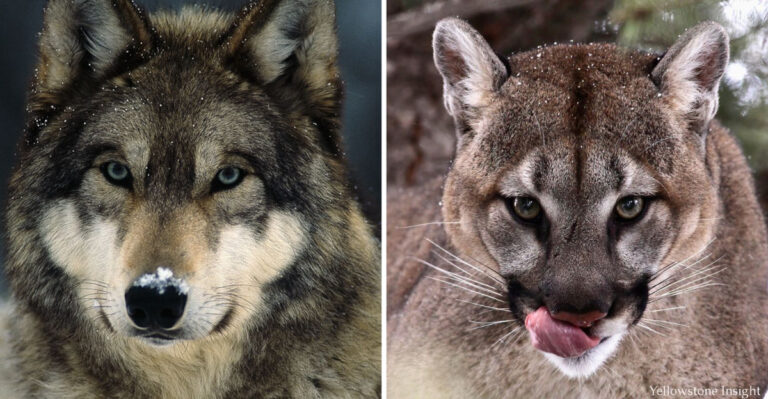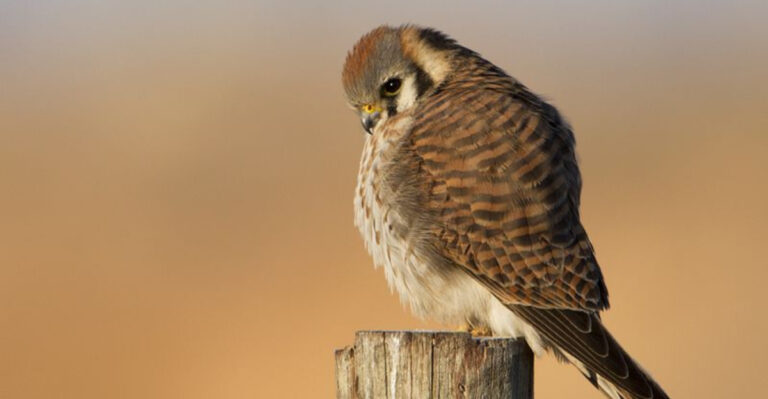Researchers Trace The Origin Of Tusks To Mammals’ Early Toothy Ancestors
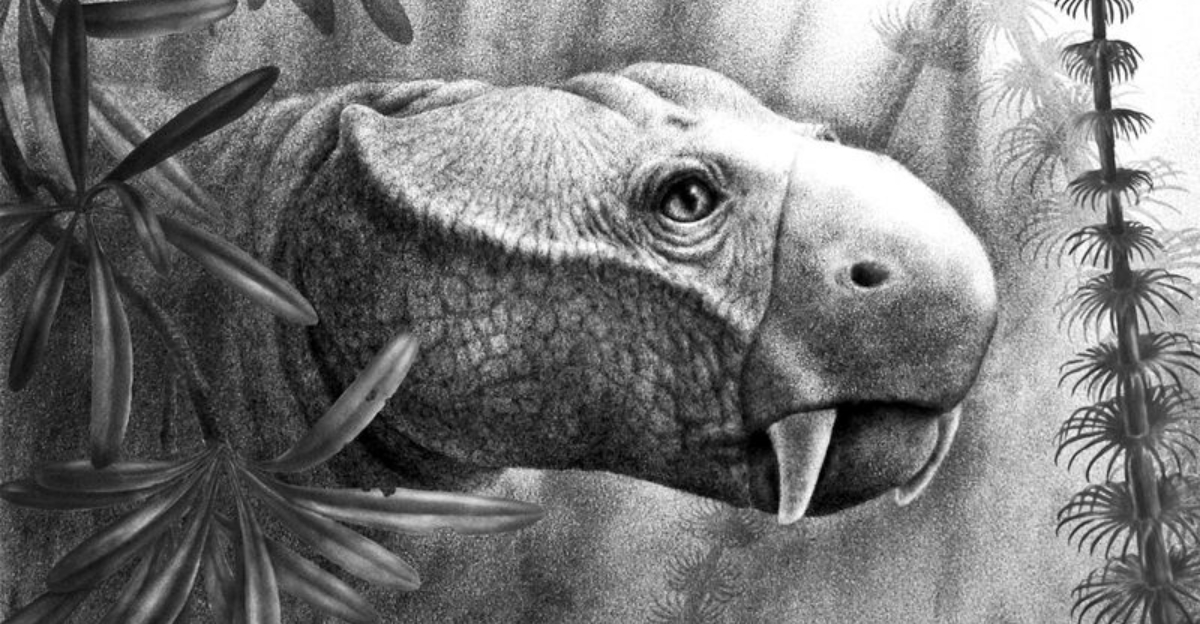
Ever wonder why elephants have those impressive tusks? Scientists have been digging deep into this mystery, and they’ve made some exciting discoveries!
Tusks didn’t just appear out of nowhere – they evolved from teeth in our ancient mammal ancestors millions of years ago.
This journey from ordinary teeth to specialized tusks tells us an amazing story about how animals adapt to survive in changing environments.
What Are Tusks And How Do They Differ From Teeth?
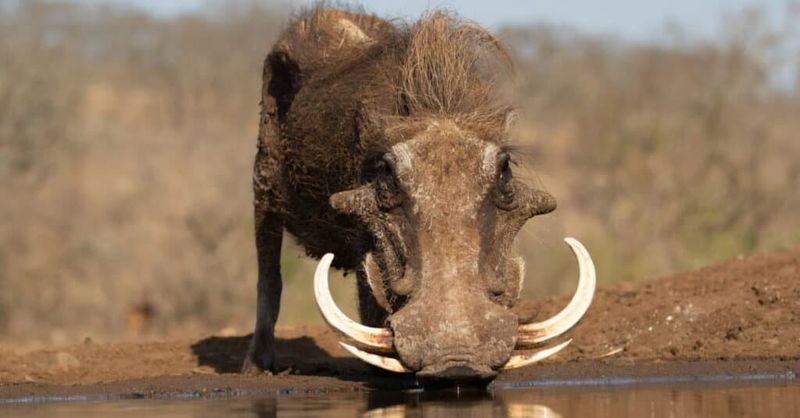
Tusks are actually specialized teeth that keep growing throughout an animal’s life! Unlike regular teeth that stay hidden in the gums until they’re needed, tusks continuously push outward from the mouth.
The biggest difference is that tusks have a coating of dentin – a hard, dense tissue – instead of enamel that covers normal teeth. This makes tusks stronger for fighting, digging, and gathering food.
Animals like elephants, walruses, and warthogs all have tusks, but they use them for different jobs. Elephant tusks can weigh up to 200 pounds and grow as long as 10 feet!
The Evolution Of Tusks In Mammals: A Deep Dive Into Their Origins
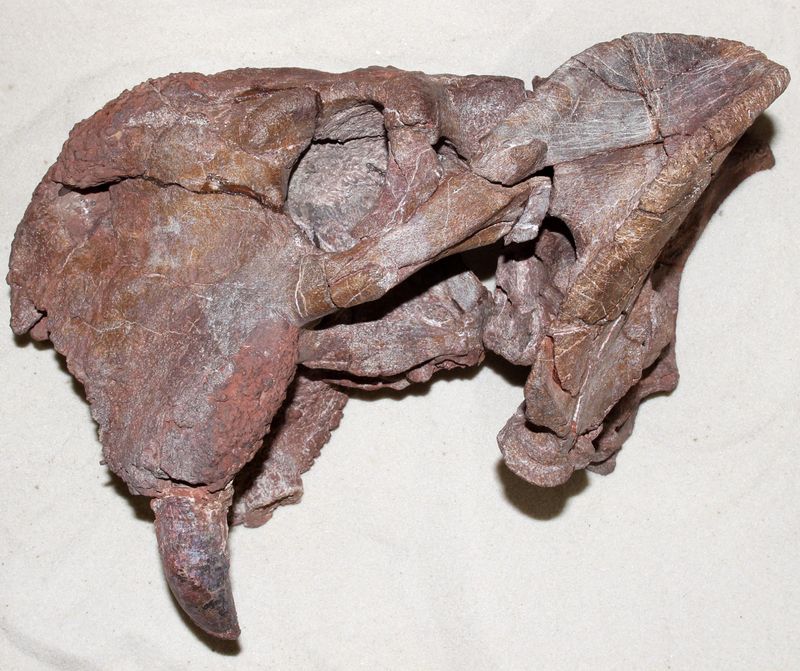
Tusks didn’t appear overnight – they took millions of years to develop! Scientists believe the first tusk-like structures emerged around 255 million years ago in ancient creatures called dicynodonts.
These early tusks weren’t exactly like the ones we see today. They were more like enlarged teeth that grew outside the mouth. Over time, natural selection favored animals whose teeth could grow continuously and resist wear and tear.
The fascinating part? This evolution happened before mammals as we know them existed! The genetic blueprint for tusks was established long before elephants or walruses came along, showing how nature recycles successful adaptations.
Dicynodonts: The Early Mammals That Helped Shape Tusks
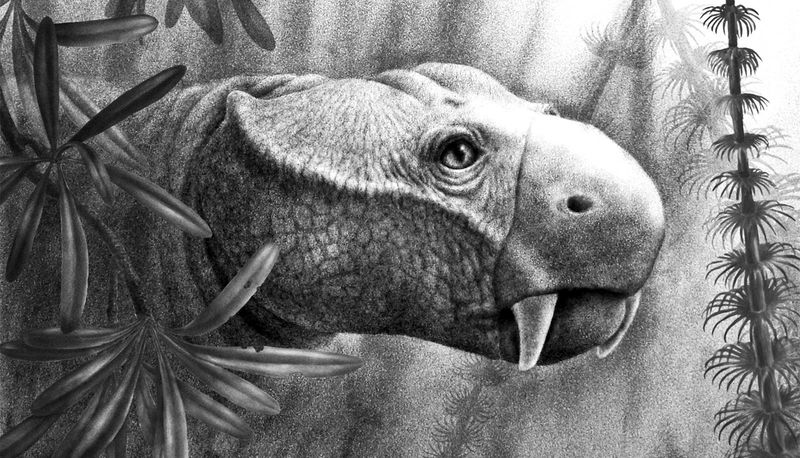
Meet the dicynodonts – weird-looking creatures that roamed Earth before dinosaurs took over! Their name actually means “two dog teeth” because most had a pair of tusk-like teeth poking out from their upper jaws.
These pig-sized animals weren’t quite mammals but belonged to a group called therapsids – the ancestors of mammals. They lived between 270-201 million years ago and were super successful, found on every continent!
What makes dicynodonts special is how their tusks grew continuously throughout their lives – just like modern elephant tusks. This was a brand-new adaptation that proved so useful it stuck around for hundreds of millions of years.
The Role Of Tusks In Early Mammals’ Survival
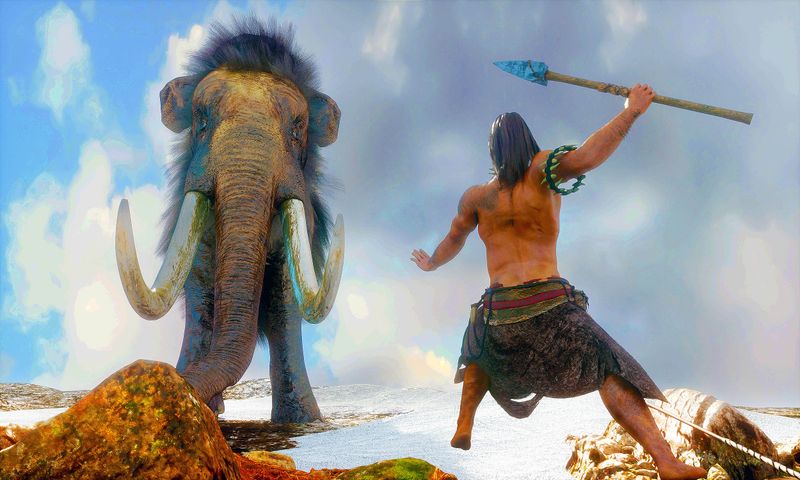
Tusks weren’t just for show – they were survival tools! Early tusked mammals used these specialized teeth for digging up roots and tubers when food was scarce. This gave them a huge advantage during tough times.
For some species, tusks became weapons for fighting off predators or competing for mates. The bigger and stronger your tusks, the better your chances of survival and passing on your genes.
Scientists have found fossil evidence of healed tusk injuries, showing these animals engaged in combat but survived. Tusks also functioned as tools for stripping bark from trees or breaking ice to access water – versatile adaptations that helped these creatures thrive in changing environments.
How Modern Mammals Retain Features Of Their Tusked Ancestors
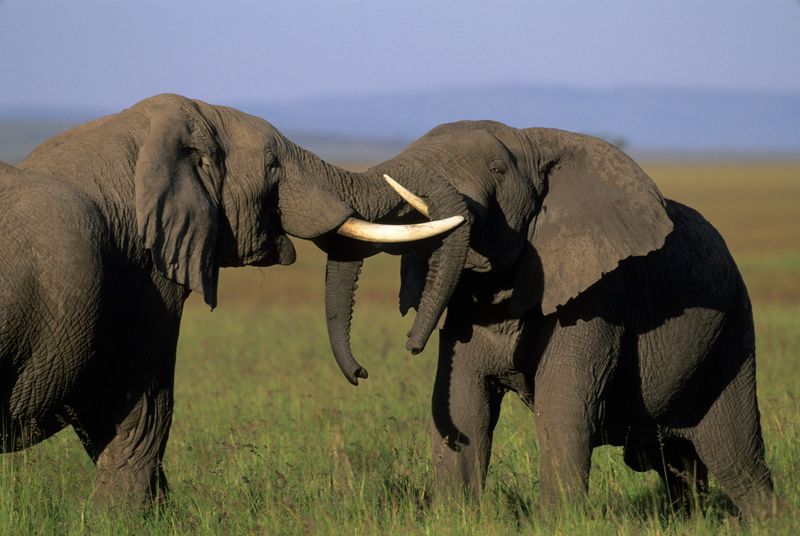
Your pet dog might be more connected to tusked ancestors than you think! Modern mammals still carry genetic traces from those ancient tusked creatures. The way teeth develop in mammal embryos follows patterns established over 200 million years ago.
Take elephants, for example. Their tusks are actually modified incisors – the same teeth that form your front teeth! Narwhals have that amazing spiral tusk that’s actually a modified canine tooth.
Even in mammals without visible tusks, the genes that once controlled tusk growth now regulate tooth development. It’s like nature recycled the old blueprint instead of starting from scratch – efficient engineering at its finest!
From Teeth To Tusks: A Look At Mammalian Evolution
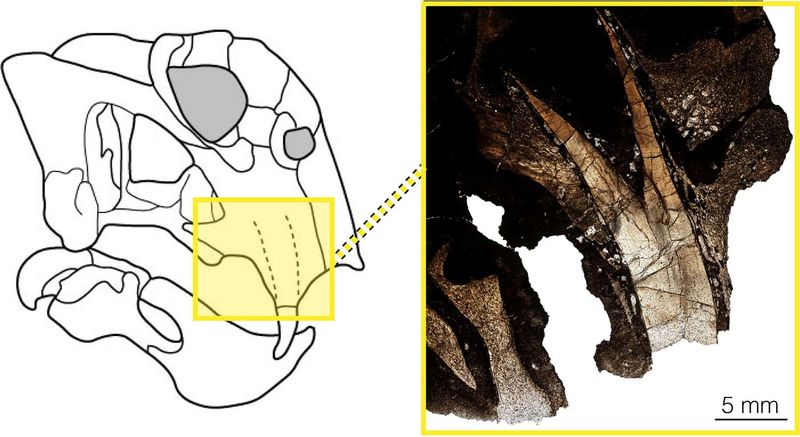
The journey from ordinary teeth to specialized tusks reveals nature’s incredible engineering skills! Regular teeth stay put in your jaw, but tusks keep growing throughout life. This change happened when certain teeth lost their enamel coating on one side, allowing them to grow in a curved shape.
A recent study published in Science magazine found that this transformation happened in steps. First, teeth grew continuously. Then they lost their enamel on one side. Finally, they developed strong attachment to the jaw.
This step-by-step evolution shows how complex features don’t appear all at once – they develop gradually over millions of years as animals adapt to their environments.
The Connection Between Mammal Ancestors And Modern Tusks
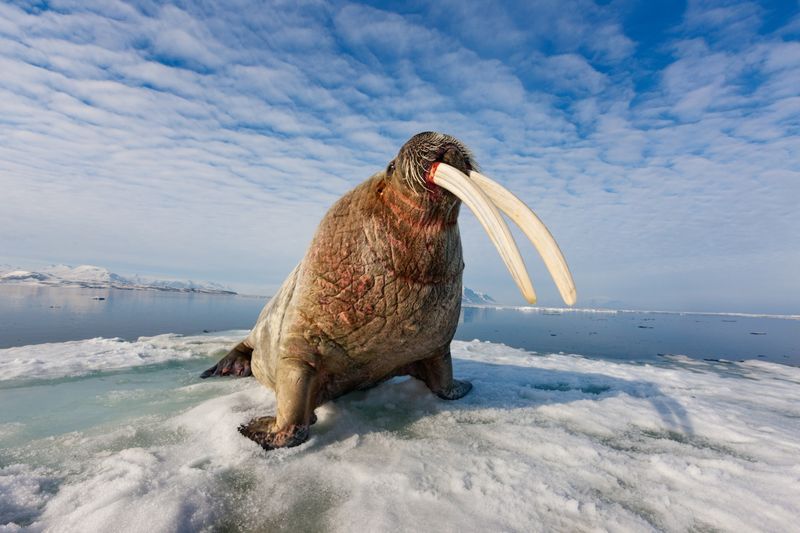
When you look at a walrus or elephant tusk, you’re seeing living history! These impressive structures connect modern animals to ancestors from over 200 million years ago. The basic blueprint hasn’t changed much – continuous growth, curved shape, and specialized function.
Scientists at the University of Chicago recently discovered that the same genes control tusk development in different species. This means tusks evolved just once in ancient history, and all modern tusked animals inherited this trait from a common ancestor.
Next time you see an elephant at the zoo, remember its tusks represent one of the oldest and most successful adaptations in mammal history – older than flowering plants or T-Rex!
Fossil Evidence: Tracing Tusks Back To Ancient Mammals
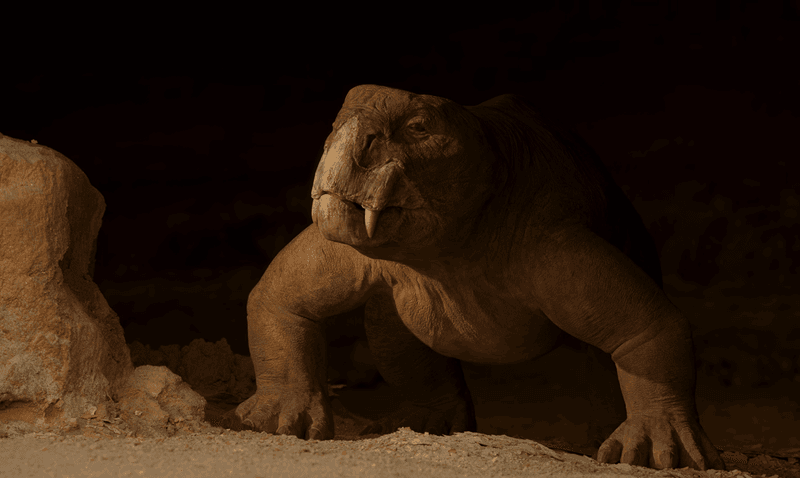
Fossils tell an amazing story about tusk evolution! Paleontologists have unearthed dicynodont fossils with perfectly preserved tusks dating back 255 million years. These ancient specimens show the earliest stages of tusk development.
One exciting discovery came from Antarctica – fossils of Lystrosaurus, a tusked creature that survived Earth’s worst extinction event. Its tusks show growth rings like tree trunks, revealing information about seasonal changes and how these animals lived.
By comparing fossils from different time periods, scientists created a timeline of tusk evolution. The fossil record shows how tusks gradually became longer, stronger, and more specialized across millions of years – a testament to the power of natural selection!
How Tusked Ancestors Adapted To Their Environment
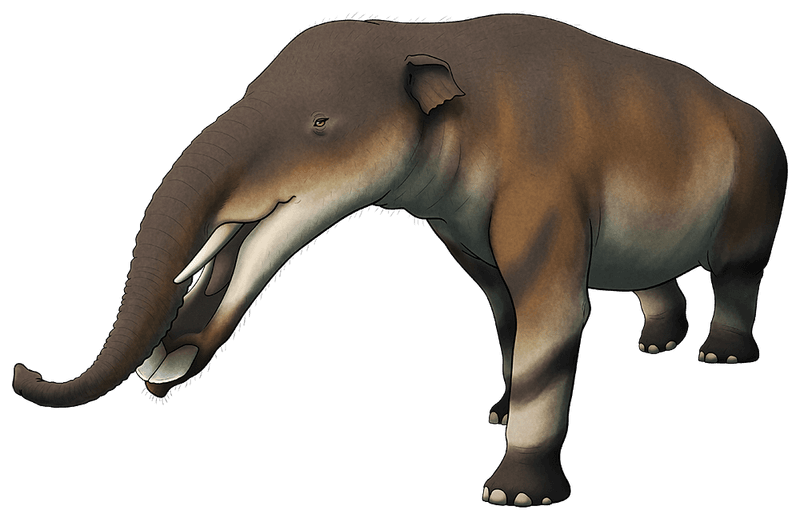
Ancient tusked creatures were masters of adaptation! As their environments changed, so did their tusks. During dry periods, tusks became better suited for digging up buried roots and tubers – a crucial survival skill when food was scarce.
Fossil evidence shows some species developed shovel-shaped tusks perfect for moving soil, while others evolved piercing tusks ideal for cracking open tough plant materials. These adaptations allowed them to exploit food sources other animals couldn’t reach.
The most successful tusked species spread across supercontinent Pangaea before it broke apart. Their remarkable ability to adapt helped them survive for over 35 million years – much longer than many dinosaur groups that came after them!
Dicynodonts And Tusk Research: Paving The Way For Mammalian Adaptations
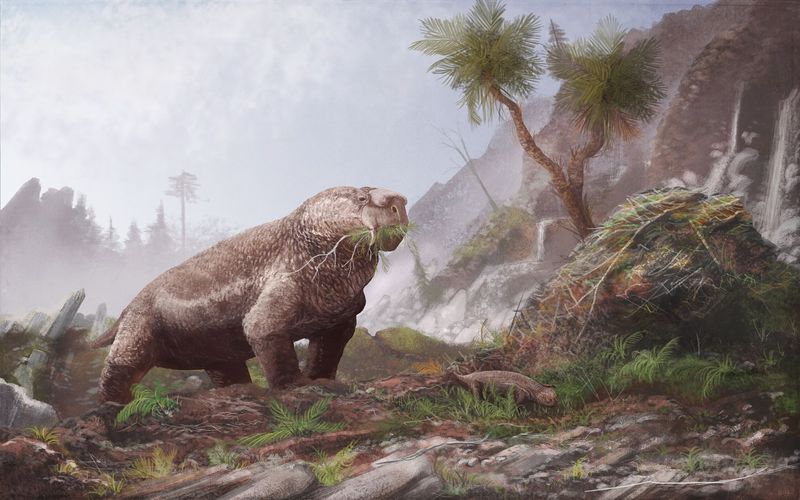
The latest research on dicynodonts is changing how we understand mammal evolution! These ancient creatures weren’t just another prehistoric oddity – they pioneered adaptations that mammals still benefit from today.
A groundbreaking 2021 study in the Proceedings of the Royal Society used advanced CT scanning to examine dicynodont skulls without damaging the fossils. Researchers discovered evidence of whiskers and fur in these creatures, alongside their distinctive tusks.
This suggests the package of mammalian features – warm-bloodedness, tusks, whiskers, and fur – evolved together as a survival strategy during a time of climate instability. Dicynodonts were essentially test-driving the mammalian lifestyle long before true mammals appeared!




